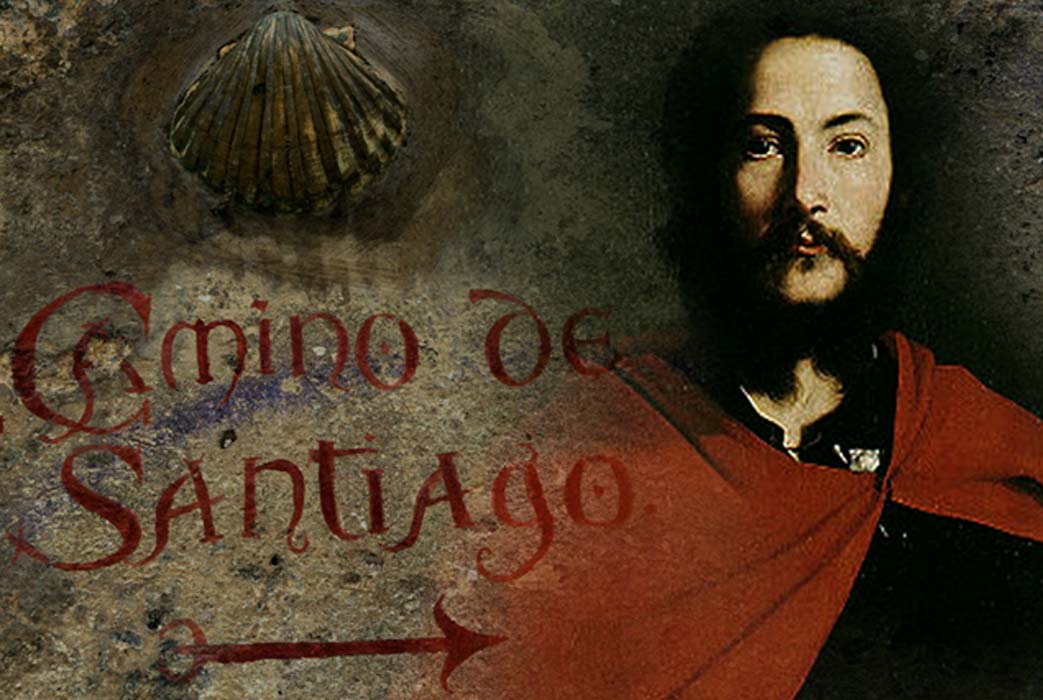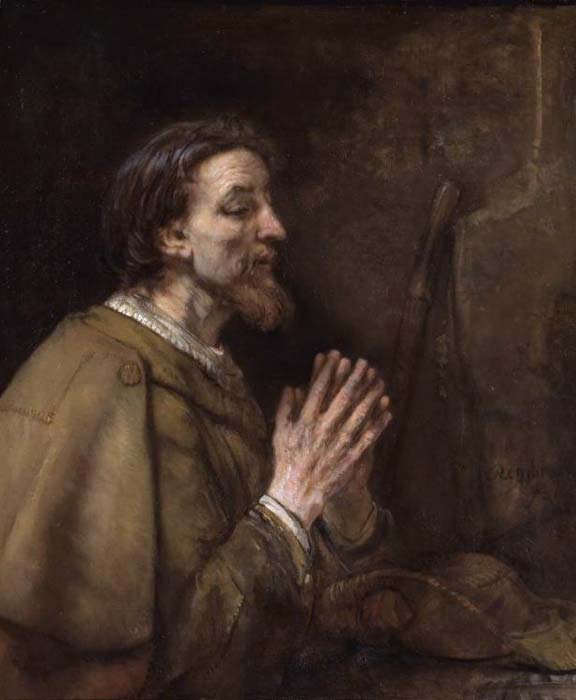
Pilgrims Flock on an Ancient Road to the Ends of the Earth: Mysteries of the Camino de Santiago – Part I
The Spanish poet, Antonio Machado wrote, “Caminante, no hay camino; se hace el camino por andar.”
(Walker/Seeker, there is no path; the path is made by walking.)
Rarely has this been truer than with the Camino de Santiago, the 500-mile-long (800 km) medieval pilgrimage road that stretches across northern Spain from the Pyrenees in the east to Santiago de Compostela, in the province of Galicia, in the northwest. More precisely known as “the French Way,” the Camino ends at Santiago de Compostela—supposed burial place of St James the Greater, the first martyred apostle. He was beheaded in the Holy Land in 44 CE and his body, head, and several disciples were said to have been miraculously transported in a stone boat to northwestern Spain, where, after more miracles, St James (Santiago in Spanish) was buried and eventually forgotten.






